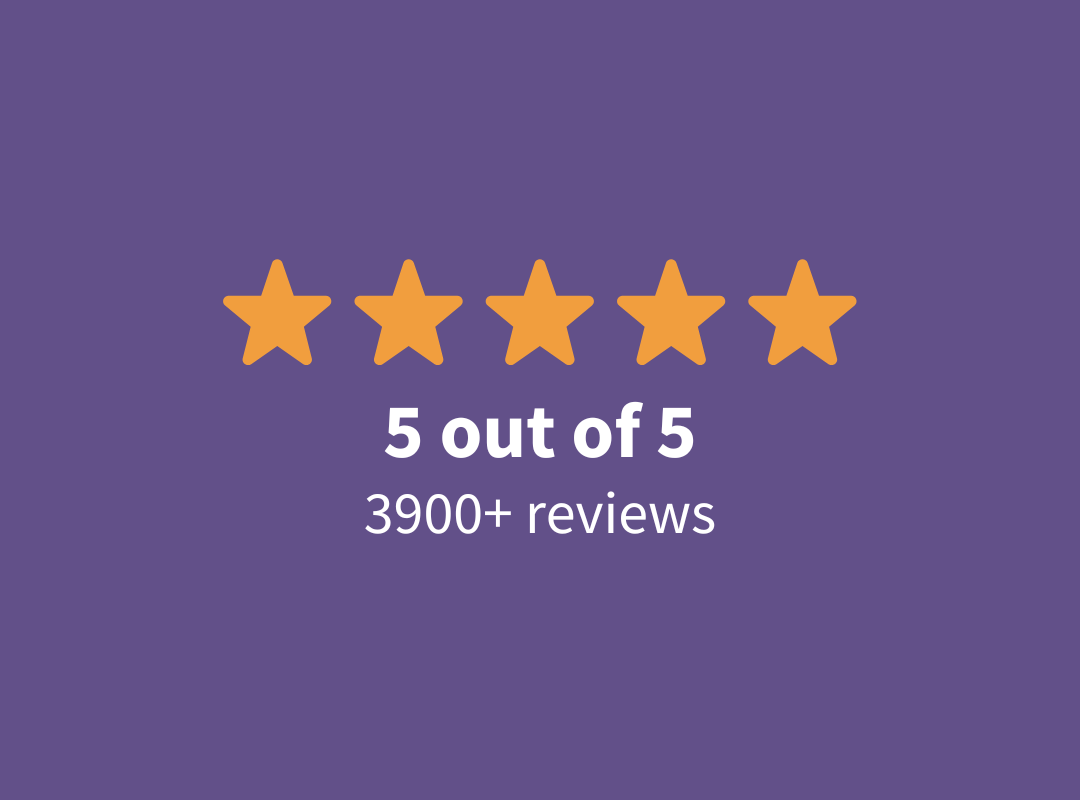The House GOP recently proposed capping federal student loans at the following levels:
- Undergrad: $50,000
- Parent PLUS: $50,000
- Grad School: $100,000
- Professional School: $150,000
It’s highly likely that we will see a bill become law that reforms student loans this Congress. The Trump tax cuts are expiring at the end of 2025, and eliminating the SAVE plan would generate about $300 billion in savings that could help pay for those tax cuts.
So student loans will very likely be in the bill, and language that reforms the student loan program will likely be in that bill as well.
If the final borrowing limits are anywhere close to these figures, we will see an explosion of private student loan borrowing, particularly at the graduate and professional school levels.
We’ll explain why below and what it means for the future of higher ed.
Professional school costs are so high, private borrowing will be required for most
Dental school, for example, tends to cost $150,000 to $400,000 before living expenses are included.
Medical, veterinary, and law schools usually cost less than dental school, but the typical price tag is far more than $150,000, including living expenses.
Consider that the cost of living alone each year as a student is typically in the $20,000 to $30,000 a year range. Multiply that by the typical four years of many professional degree programs, and you could borrow $100,000 total for living expenses alone.
How many professional schools cost $50,000 or less for four years? I’m not aware of many at all.
A median cost of professional school might be in the $20,000 to $60,000 a year range. So if you assume an average of $40,000 in tuition and fees, you’d be borrowing about $160,000 for tuition and $100,000 for living expenses for a four-year program.
That gap is $110,000 more than the proposed federal loan limits.
Private loans would mostly carry a very high cost
Investors and banks that provide private loans need a return on capital. That return needs to be even higher for the several years of in-school deferment that students need.
It’s not unusual for private loans to carry double-digit interest rates in some cases.
It’s true that the APR might be lower for professional school students than for many undergraduate students, who have a less clear path to payback for their degree.
But the interest costs will raise the costs to borrowers and greatly expand the role of private lenders once again in the higher ed market.
Private student loans will create price discrimination at universities
The traditional model of higher ed finance for graduate school, since the introduction of Grad PLUS in 2006, has included very little in the way of negotiation or merit scholarships, as is the case for undergraduate students.
With the elimination of unlimited borrowing, we might see an aggressive move to price discriminate among various types of students at the graduate and professional school level.
Merit scholarships at the undergrad level are often simple economic strategies by the universities to charge what they think the student will pay.
And with private loans being the source of funding for the gap in federal loan availability, students would have a strong incentive to push back on universities, and students would demand discounts or deals in many cases for attending.
The explosion in private student loans would also lead to far fewer university programs
I recently walked by a Touro University campus in Manhattan and thought about the large number of students I’ve seen graduate with degrees like Pharmacy from that school who have debt-to-income ratios above 3 to 1.
Private lenders will likely be unwilling to provide capital to any borrower with an expected debt more than two times their income.
With existing cost structures, many universities would face severe financial strain and need to conduct massive layoffs or reduce the sizes of their graduating classes.
Faculty would be cut, and programs that don’t get downsized could be completely eliminated.
I suspect this hit would be the hardest in higher-cost cities, where students can currently borrow more for living expenses than those in rural areas due to the unlimited nature of federal student loan borrowing.
Here’s why we won’t see these changes for at least a couple of years
Ultimately, some version of this proposal would need to first become law, and current students who are already borrowing have three years after the bill goes into effect to finish out their degree under existing loan limits.
That means the explosion of borrowing would primarily not happen until 2028 and 2029. And of course, with the 2028 election, we might see a new role for private student loans since it entirely depends on who wins that election.
So stay tuned, because rules for student loans are most certainly going to change this year in some fashion. And if you need a plan for it, hit us up.
Private student loan options for 2025
| Lender Name | Lender | Offer | Learn more |
|---|---|---|---|
| Sallie Mae |
Competitive interest rates.
|
Fixed 3.19 - 16.99% APR
Variable 4.37 - 16.15% APR
|
|
| Earnest |
Check eligibility in two minutes.
|
Fixed 3.19 - 16.49% APR
Variable 4.99 - 16.85% APR
|
|
| Ascent |
Large autopay discounts.
|
Fixed 3.09 - 14.93% APR
Variable 4.31 - 14.97% APR
|
|
| College Ave |
Flexible repayment options.
|
Fixed 3.19 - 17.99% APR (1)
Variable 4.24 - 17.99% APR (1)
|




